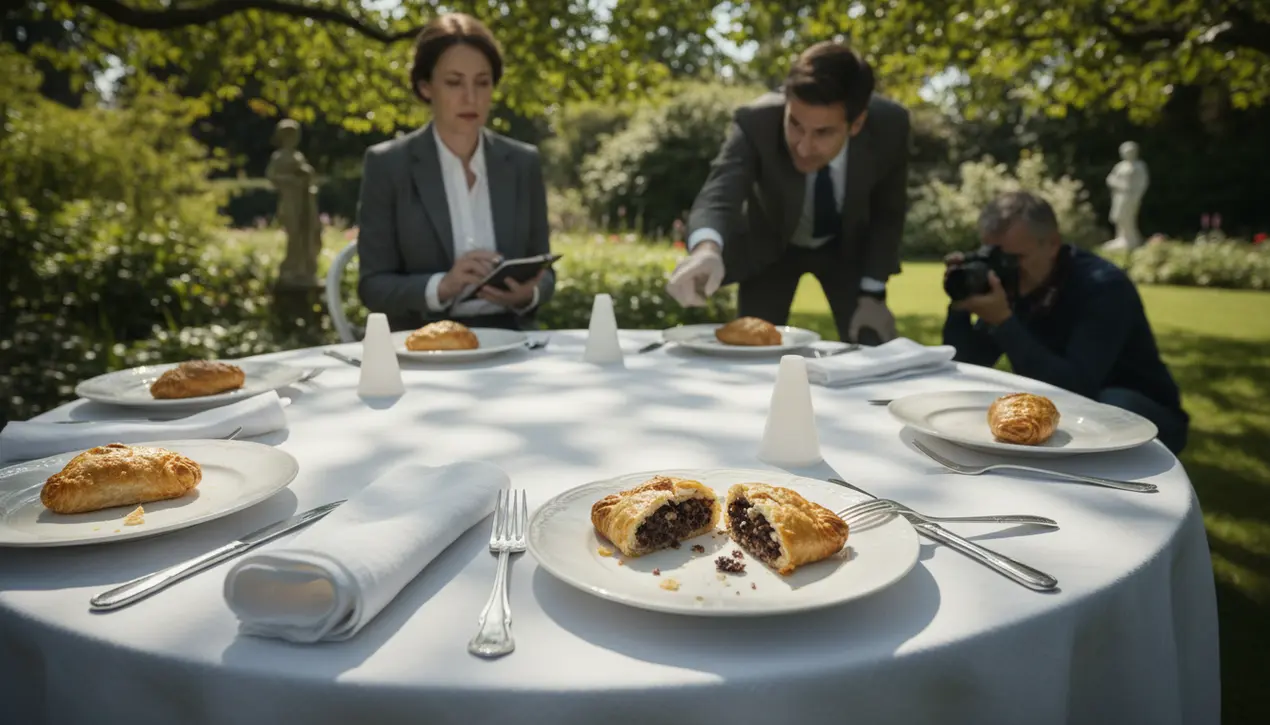
Entertainmentreviews
The Last Supper: How a Gourmet Meal Became a Murder Weapon
ME
Megan Hill
3 hours ago7 min read2 comments
Beneath the golden crust of a Beef Wellington lay a chilling secret—a gourmet preparation that concealed not just meat, but murder. This wasn't merely a culinary deception; it was a calculated act of violence served on fine china, where the intimate act of sharing a meal became the ultimate betrayal.The killer transformed the kitchen, a place of nourishment and comfort, into a stage for psychological warfare. Imagine the cold precision required to weaponize duxelles—that classic French blend of mushrooms, shallots, and herbs—turning a chef's technique into an instrument of death.The choice of method reveals a deep familiarity with the victim's preferences, suggesting the murderer operated within a circle of trust where suspicion was disarmed by apparent generosity. This crime echoes historical poisoners who used domestic settings as their laboratories, yet it feels more visceral.Here, the violation was physical—the victim was made an unwilling participant in their own demise, consuming the very means of their destruction. Investigators would face a forensic nightmare: tracing ingredient origins, analyzing kitchen tools, and unraveling complex personal relationships where resentment simmered beneath surface civility.For those who shared that fatal meal, the trauma of unwitting complicity would linger long after the last bite. This case serves as a stark warning that danger often wears a familiar face, presenting itself not in shadowy alleys but through the comforting ritual of a shared lunch. Beyond a simple crime, it exposes the dark psychology of intimacy weaponized, proving that malice can hide in the most nourishing of acts.
#culinary disguise
#murder mystery
#film review
#plot twist
#featured
Stay Informed. Act Smarter.
Get weekly highlights, major headlines, and expert insights — then put your knowledge to work in our live prediction markets.
Related News
Comments
Loading comments...
© 2025 Outpoll Service LTD. All rights reserved.